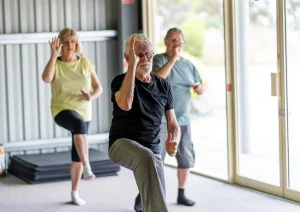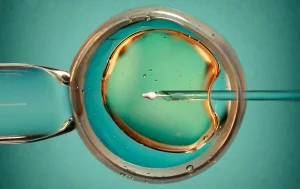Limited “heading” of a soccer ball in youth sports may not cause irreversible harm, as long as players are properly trained, a new study finds.
This study from concussion researchers at Children’s Hospital of Philadelphia (CHOP) looked at the consequences of repeated head impacts shortly after the impact. They did this using six different tests.
They found that having a small number of repeated soccer headers equivalent to a throw-in did not cause immediate neurophysiological problems for teens.
“Soccer is a sport where intentionally using your head to hit the ball is an integral part of the game, and concern over its long-term effects has parents, caregivers and coaches understandably concerned,” said study co-author Colin Huber, a postdoctoral research fellow at Emory University in Atlanta. He conducted this research while with the Center for Injury Research and Prevention at CHOP.
“We wanted to simulate these effects in a controlled laboratory setting and build upon the work of prior studies to quantitatively assess the neurophysiological effects of repeated soccer heading,” Huber said in a hospital news release.
In professional sports, repeatedly heading the ball has been linked to long-term brain health issues for some athletes, even without initial symptoms.
Short-term impacts have been poorly understood in youth athletes, but limits have been set. In 2015, the U.S. Soccer Federation limited soccer headers for teens during practice to no more than 30 minutes of header practice time, as well as no more than 15 to 20 headers a week.
In this study, researchers worked with 19 teens (17 boys, 2 girls) aged 13 to 18.
They were assigned to either a frontal heading group, in which they would direct the ball back to where it came from; an oblique heading group, in which they would direct the ball to the right; or a kicking control group.
Participants completed neurophysiological assessments immediately prior to, immediately after and about 24 hours after completing 10 headers or kicks. The assessments included multiple eye movement tracking, pupil response and balance tests.
The study found no neurophysiological issues in either group when compared with the kicking control group.
They did find that oblique headers resulted in higher levels of angular head motion, which is associated with concussions and other brain injuries.
Players should be properly trained to head the ball in a frontal fashion to reduce the risk of injury, the authors said.
“This study represents the most comprehensive examination of the acute neurophysiological effects of soccer headers on youth to date, providing us with meaningful information regarding the safety of headers on the field,” said study co-author Kristy Arbogast, research director of the Minds Matter Concussion Program at CHOP.
“We need to be clear that there still may be long-term consequences for repeated soccer headers over the course of an athletic career, but it appears that a small number of headers in a given session does not pose an immediate risk to properly trained youth athletes,” Arbogast said in the release.
This study was supported by the U.S. National Institutes of Health. The findings were published online May 22 in the Journal of Biomechanical Engineering.
More information
The Brain Injury Research Institute has more on brain injury in sports.
SOURCE: Children’s Hospital of Philadelphia, news release, May 24, 2023
Source: HealthDay
Copyright © 2025 HealthDay. All rights reserved.
















